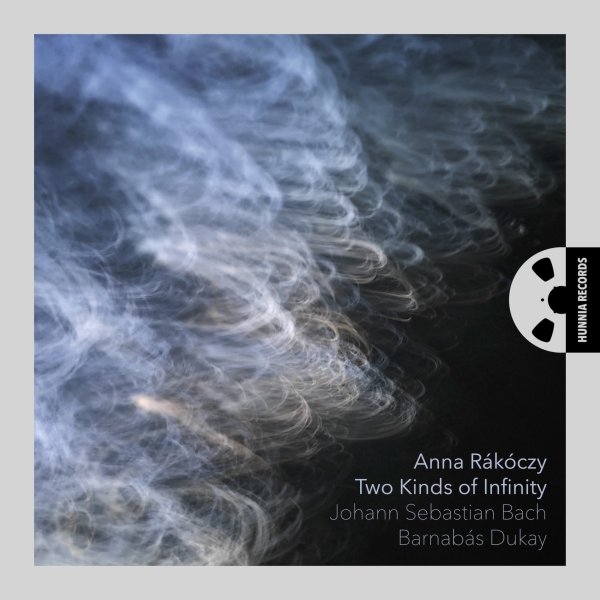A reader in a different online forum posed a good question and I thought it worth sharing since we're talking about Pure DSD256 recordings in this thread...View attachment 160218
This is Sound Liaison's second Pure DSD256 release as founder/engineer Frans de Rond begins his shift to recording all of his new projects in Pure DSD256-Analog Mixed. I'm a fan of blues/jazz singer Carmen Gomes and her group Carmen Gomes Inc. They've been playing together for a long time and they are a very "tight" band. You'll find my review here:
Bodacious! A Great New Release From Sound Liaison in Pure DSD256
Question: This recording is offered at both NativeDSD and Sound Liaison in DSD512 even though the record was, "…mastered through an HQ analog stereo chain to a DSD256 master." Do you have any opinion you care to share on the value of grabbing the 512 vs the 256 resolution? My DAC should be able to handle either.
My reply: The DSD512 allows for a more gentle Gaussian filter when converting to analog. If your DAC is chip based and plays DSD512 then it is probably optimized for that frequency and DSD512 may sound a bit cleaner in such a DAC. OTOH, if your DAC modulates DSD internally, as does my Playback Designs MPD-8 and a number of other FPGA based DACs, then the DSD256 will sound great and there is little advantage to purchasing the already modulated to DSD512 version (with one consideration below*). The same can be said of DSD1024 offerings, when available.
Sound Liaison and NativeDSD offer the DSD512 because of this difference among DACs, not because it has any inherent greater sonic value in itself.
* One other item that could be a factor to what you may hear is the internal processing power of your DAC. Even if your DAC modulates the signal from 256 to 512 and higher, the already modulated release version takes the load off of the DAC’s internal processors which are having to do this on-the-fly and may be taxed to accomplish it if there is not enough processor power inside the DAC. Having it already accomplished offline might then be an advantage.
Unfortunately, as with so much in audio, this all boils down to “You have to listen to the comparison in your own system to find out what will be best for you.”





![[IMG] [IMG]](https://positive-feedback.com/wp-content/uploads/2025/11/Ampex-Tape-Deck-2.jpg)